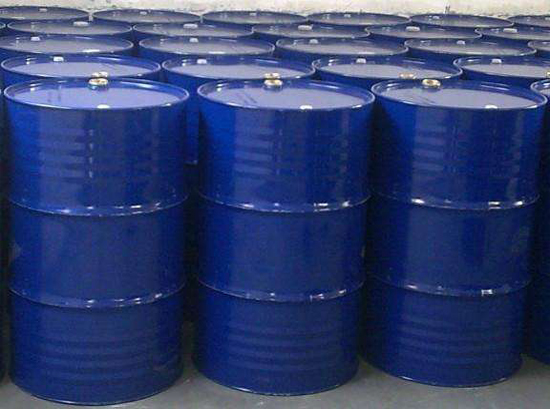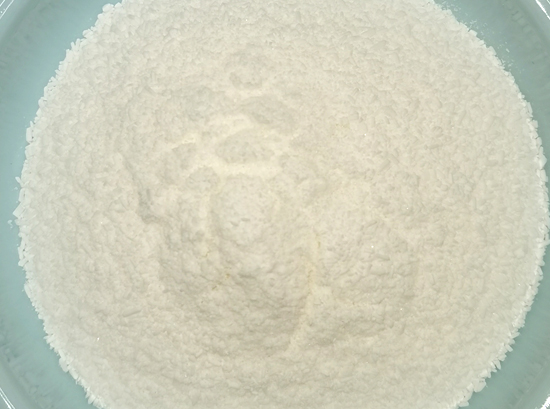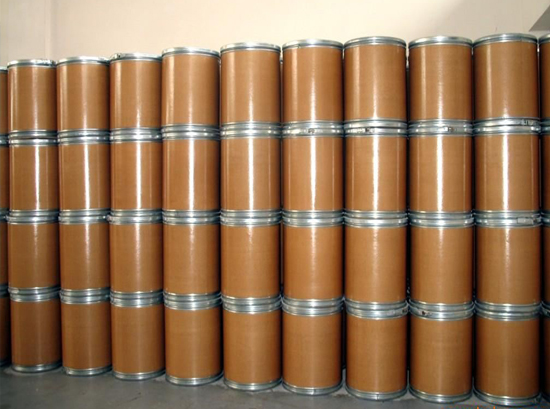Vanillin manufacturer from China
Mar 03, 2022
Uses of vanillin: Widely used in food industry such as cakes, candies, cold drinks, biscuits, soups, fried melon seeds, and medicinal cigarettes. This product has a strong milky and sweet fragrance, is one of the important food additives, and is also a widely used daily spice. Widely used in candy, ice cream, beverages, cakes, chocolate and bread, biscuits, tobacco, alcohol and other foods, also used in soap, toothpaste, perfume, cream and other daily chemical products, as well as in medicine, reagents , electroplating, chemical rubber, plastic and other aspects. Specific scope of application: 1. Used as food flavor, daily chemical flavor, pharmaceutical intermediate. 2. It is a good spice to obtain the fragrance of powder and bean. Often used as a foundation fragrance. It can be widely used in almost all fragrance types, such as violet, grass orchid, sunflower and oriental fragrance. It can be combined with jasmine aldehyde, isoeugenol benzyl ether, coumarin, musk, etc. as a fixative, modifier and mixture, and can also be used to cover up bad breath. It is also widely used in edible and tobacco flavors, and the dosage is also large. It is a must-use spice in vanilla bean, cream, chocolate, and coffee flavors. 3. Vanillin is an edible spice that is allowed to be used in my country. It can be used as a fixative and is the main raw material for the preparation of vanilla-type flavors. It can also be directly used for flavoring of biscuits, cakes, candies, beverages and other foods. The dosage is based on normal production needs, generally 970mg/kg in chocolate; 270mg/kg in chewing gum; 220mg/kg in cakes and biscuits; 200mg/kg in candy; 150mg/kg in condiments ~ 95mg/kg in cold drinks. 4. GB 2760 2011 stipulates that it is allowed to use edible spices. Widely used in the preparation of vanilla, chocolate, cream and other flavors, the dosage can reach 25%~30%, or directly used in biscuits and cakes, the dosage is 0.1%~0.4%, cold drinks 0.01%~0.3%, candy 0.2%~0.8% , especially dairy products. 5. An important synthetic fragrance, widely used in daily chemical products, for food, tobacco and wine. It is used in a large amount in the food industry. It is used to prepare flavors such as vanilla, chocolate, and cream. The dosage can reach 25-30%. It is directly used in biscuits and cakes. , especially dairy products. For analytical chemistry, testing protein azaindene, phloroglucinol and tannic acid. In the pharmaceutical industry, it is used for the production of methyldopa, catechol drug dopa, as well as white naetine and dijianjing. (1) Bread, cake, noodles, macaroni, improve the utilization rate of raw materials, and improve the taste and flavor. The dosage is 0.05%. (2) Aquatic products, canned food, dried seaweed, etc., strengthen tissue, maintain fresh taste, and enhance taste (3) Seasoning sauce, tomato sauce, mayonnaise, jam, cream, soy sauce, thickener and stabilizer....
View More


